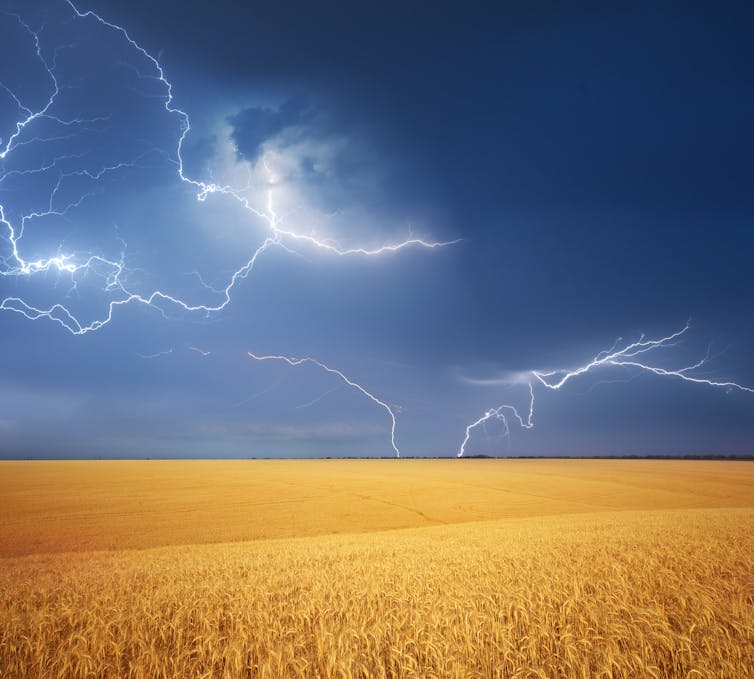When discussing the creativity and ingenuity of Indigenous people, we often talk about our deadly artists, sportspeople and Elders.
But more and more, Indigenous business leaders are finding themselves in the spotlight.
This year’s NAIDOC Male Elder of the Year is Uncle Kim Collard, a Balladong/Wadjuk Elder of the Noongar Nation.
Collard established two of Australia’s largest Indigenous-owned businesses – workplace supplier Kulbardi and fleet management and salary packaging firm Kooya.
But he and his family have also made outstanding philanthropic contributions to Aboriginal communities, raising almost A$1.5 million through the Bibbulmun Fund.
Collard is just one example of many outstanding leaders across the thriving Indigenous business sector.
This cohort drive more than just dollars and cents in the economy – they serve as role models and employers, sponsors and philanthropists, and suppliers to major corporations. They also bring important cultural knowledge and cultural guidance to bear.
Yet many Australians still don’t grasp the sheer size and diversity of Indigenous-owned and led businesses.
Greater visibility of these businesses – both in government statistics and Indigenous business directories – would do more than just showcase their diversity and excellence. It would also help them succeed further.
A thriving sector
Indigenous businesses operate at every scale in Australia, from small sole traders through to large corporate enterprises.
As previously reported in The Conversation, our research revealed that in 2022, the Indigenous business sector generated more than A$16 billion in revenue. We found that 13,693 unique businesses employed more than 100,000 people, paying annual wages of $4.2 billion.
Read more: Indigenous businesses are worth billions but we don't know enough about them
This job creation is really important. One of the sector’s biggest benefits is that it supports such a wide range of families and households across Australia.
Previous research has found that Indigenous businesses employ Indigenous Australians at a greater rate than non-Indigenous businesses.
Operating across diverse industries
Indigenous-owned businesses are often associated with important cultural services and cultural tourism. But their influence extends far beyond these areas into industries such as technology, architecture and construction, manufacturing, property, financial services, education and legal services.
There are some great examples of firms integrating cultural knowledge at the cutting edge of their fields.
The Queensland-based agriculture technology company RainStick uses electricity to mimic the natural effects of lightning to grow bigger crops faster.

And design firm Nguluway DesignInc is currently overseeing the design and development of the new University of Technology Sydney Indigenous Residential College.
But registration really helps
To help people and organisations engage with Indigenous businesses, whether as customers or large-scale suppliers, it’s important they are able to find them.
It’s not currently possible to declare a business as Indigenous when filing for an Australian business number (ABN).
However, it is possible to become registered in other directories. These include a range of state and territory chambers of commerce and other non-profit organisations.
The NSW Indigenous Chamber of Commerce (NSWICC) was the first of its kind when it was established in 2006. It has now grown to represent more than 500 businesses in 70 different spend categories.
Victoria’s Kinaway Chamber of Commerce was established in 2010 and now has close to 300 businesses on its registry.
At a national level, Supply Nation operates a large non-profit directory called Indigenous Business Direct. This aims to connect the procurement teams of large organisations with verified Indigenous businesses.
To register with Supply Nation, businesses need to demonstrate Indigenous ownership of at least 50% to be a “registered” business, or 51% or greater ownership to become “certified”.
Relevant documents are verified with bodies including ASIC. And regular audits and spot checks are conducted to ensure these companies continue to be Indigenous-owned and led.
Supply Nation has just passed the significant milestone of registering its 5,000th Indigenous business, up from just 13 in 2009.
Registration takes effort on the part of a business, but it’s really important. Our Snapshot study found that formally registered businesses were responsible for around 70% of all the revenue and jobs generated across the Indigenous business ecosystem.
All of these organisations provide business mentoring, guidance on procurement and a clearing house for opportunities.
But more importantly, registering a business as Indigenous on any of these directories allows corporations, non-profits and governments to find and connect with it, opening the door to all kinds of opportunities.
Read more: Indigenous businesses are worth billions but we don't know enough about them
Michelle Evans receives funding from the Australian Research Council.
This article was originally published on The Conversation. Read the original article.







